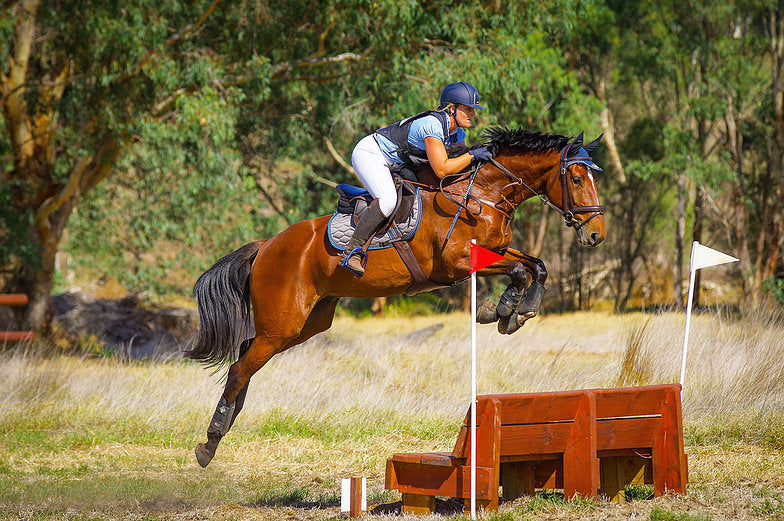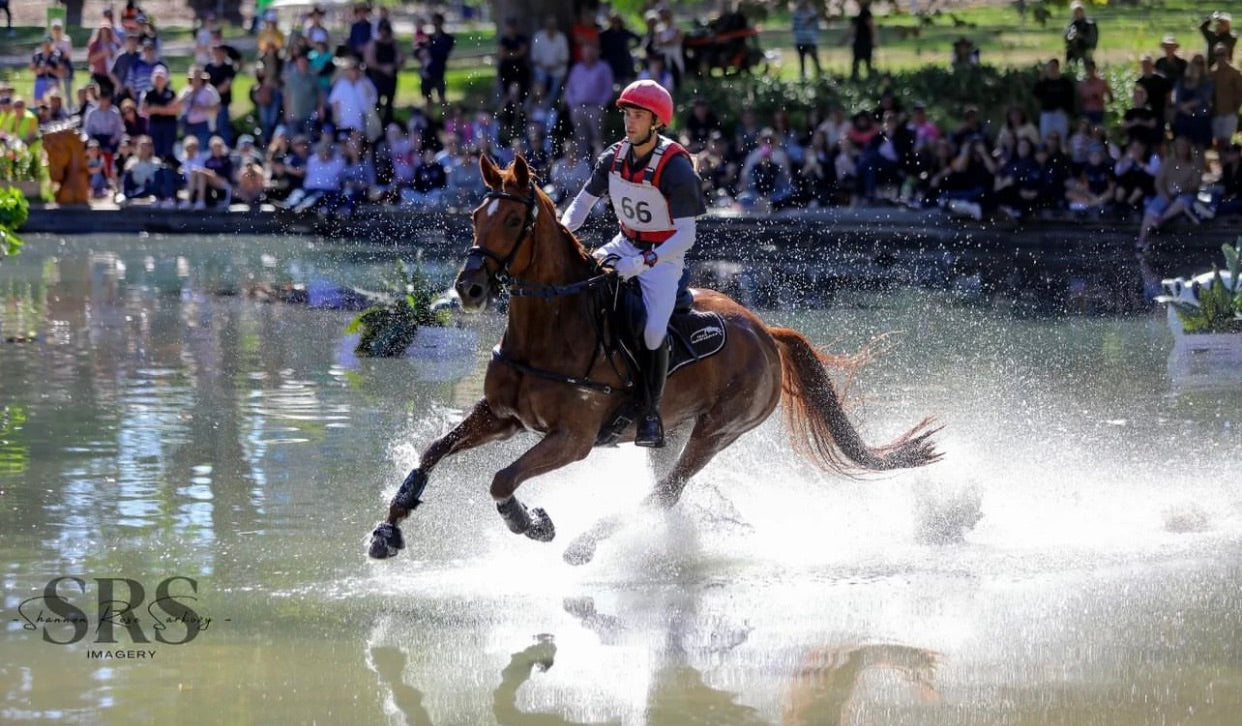When purchasing a young horse, there is no guarantee on what you’ll get. As a buyer, you will be presented with many options as to what sort and where you can purchase a horse from; some safer than others
There is no doubt that thoroughbreds are great performance horses. Even though they are slowly phasing out at the top level, to this date many of the great horses in the world (and in Western Australia) are thoroughbreds. Why would you not buy a thoroughbred? They are inexpensive and generally are already partially down the track with their training, i.e. floating, shoeing, etc. So why then would you go and spend excess money on a purpose bred performance horse that, most of the time, hasn’t even been started?
In Australia, most thoroughbreds are bred to race; they are either sprinters or stayers. The stallions are chosen based on the current trend and what is locally available (due to restrictions on artificial insemination, as thoroughbred horses can only be live served). Stallions are selected for breeding based on the amount of races they have won. Exceptional race horses that finish their careers at an early stage (often due to genetic medical issues) are still considered to be a valuable breeding stock for the future, even though some conditions may be passed onto future generations.
As foals, they undergo treatments to correct any genetic, conformational and physical flaws, so they present ‘flawless’ at the yearling thoroughbred sales and reap a profit for their owners.
On the other hand, for hundreds of years now, warmblood horses in Europe get classified at various stages of their life. At 3 years of age, stallions are x-rayed, scoped, trotted up and assessed on conformation and temperament, and presented for classification. Their hearts are checked and they get scrutinized for all things medical. Stallions with significant early arthritic changes get gelded and a mare’s progeny are not eligible to be classified. Unclassified progeny have no value.

As long as you are not buying from a backyard breeder, a purpose bred warmblood will get you a horse with good X-rays that has been through a hundred-year selection process based on soundness, ability, trainability & performance.
Unfortunately, this selection process is yet to reach Australia. Here we can just about breed anything! So as a buyer you have to be extra careful. You have to do your homework and buy performance bred horses from a reputable breeder.
When breeding or buying young stock, your first port of call should be to go and see the stallion, make sure he has been classified, and check out his progeny and their performance. In Australia, both the Australian Continental Group and the Australian Warmblood Association offer genuine guidance in relation to breeding stallions and their progeny. You can obtain copies of their assessments and review the marks. Some are awarded Premium or Elite status to indicate above average attributes. These higher than average attributes generally come with a higher price tag, though most of the reputable breeders in Australia offer payment plans to help you buy a horse that suits your needs (we offer this at Kentaur Australia Performance Horses).
Despite the fact that there is a lack of a pure thoroughbred in the Olympic Equestrian Sports, the importance of the thoroughbred influence in the warmblood breeding cannot be denied. Without the motor, you have nothing – no jump, no movement. No engine equals no performance.
Some argue that there is a lack of thoroughbred blood in some current warmblood breeding. When looking at a warmblood pedigree, keep an eye out for XX; in European show jumping and dressage studbooks, this generally means a fully x-rayed, performance bred thoroughbred.
Purchasing a young horse is always a gamble, but buying a performance bred horse increases your chances of success. One that is bred for performance rather than speed, without possible unknown residual issues, is the safer choice for the performance rider wanting to succeed at a higher level of competition.






